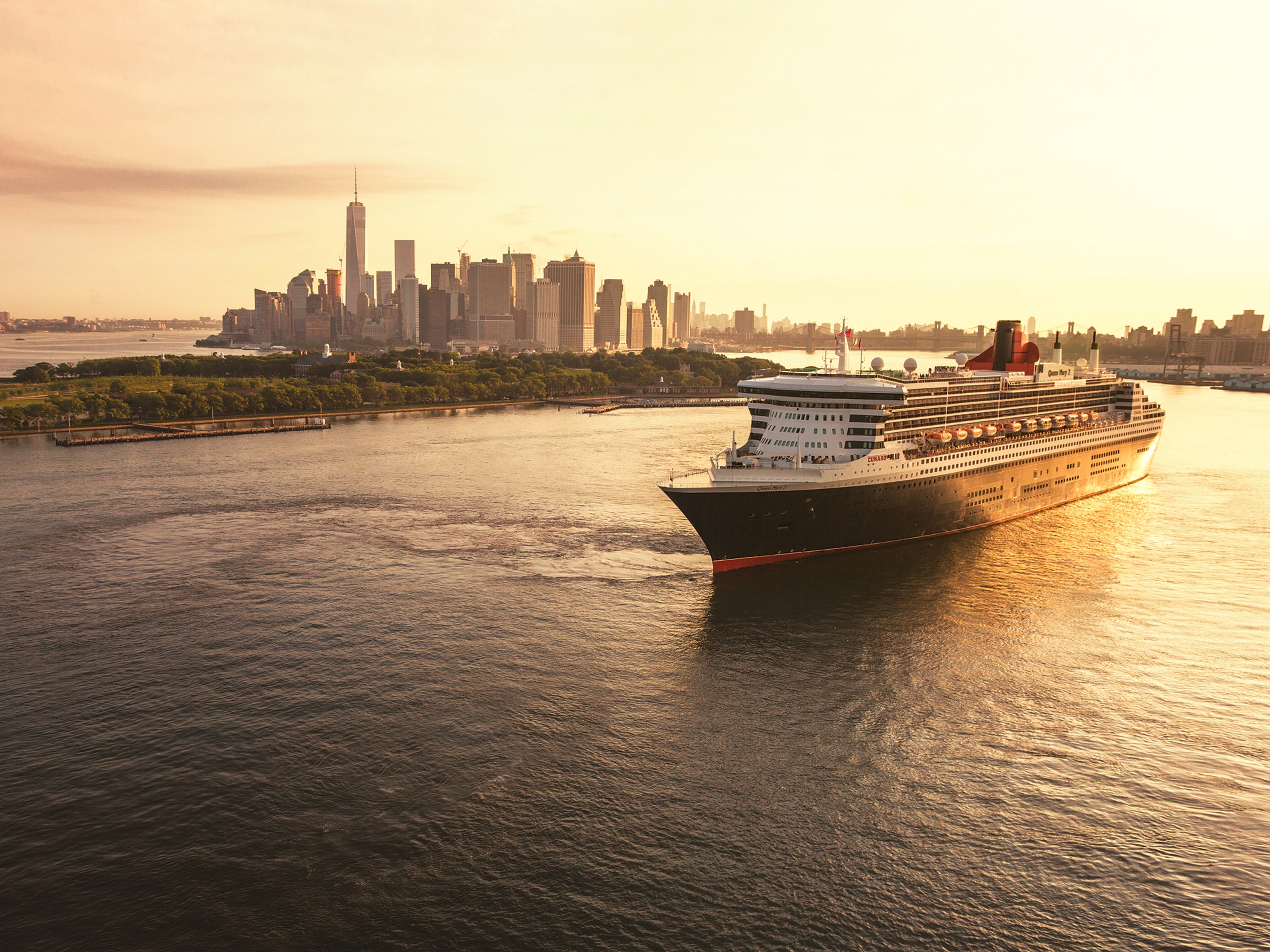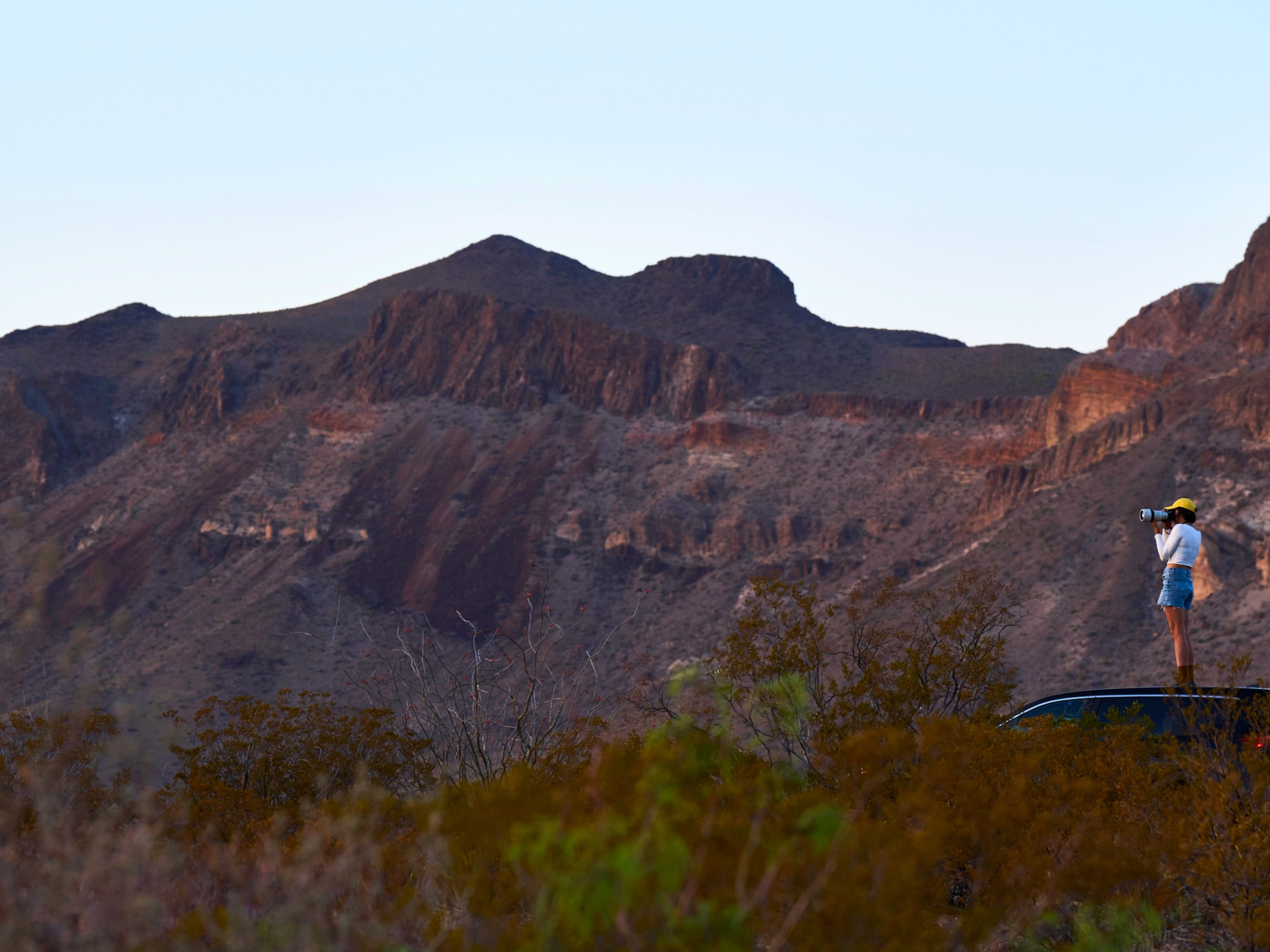
This legendary Polynesian canoe will sail 43,000 miles, from Alaska to Tahiti
The crew of the Hōkūleʻa is embarking on an arduous 47-month journey across the Pacific Rim.
The feat of Polynesian wayfinding—navigating by stars, wind, and waves—had long been discounted by scholars on the grounds that ancient Polynesians didn’t have the knowledge to be master navigators. But in 1976, a traditional 62-foot, double-hull voyaging canoe called Hōkūleʻa sailed from Hawaii to Tahiti with a crew of 15, proving that the old ways were more than enough to carry people across the vast ocean.
Now, the next generation of Polynesian wayfarers is stepping up and getting onboard. Beginning June 15 in Alaska, Hōkūleʻa and her sister canoe Hikianalia will set off on a 43,000-nautical-mile, 47-month circumnavigation of the Pacific Ocean. The journey will take them to 36 countries and archipelagoes, nearly a hundred Indigenous territories, and 345 ports. There’ll be about 12 crew on each canoe at a time, switching out about every four weeks, for a total of 400 crew members over four years.
Here’s what to know about this epic voyage.
Hōkūleʻa’s history
Named after Arcturus, the zenith star of the Hawaiian Islands, Hōkūleʻa (“star of gladness”) was conceived and built by the Polynesian Voyaging Society (PVS). This Honolulu, Hawaii-based organization was established to research the means by which Polynesian seafarers found and settled on islands within the immense Pacific Ocean. Since her first voyage, Hōkūleʻa has traveled throughout the globe. Its founders want to explore and reclaim Polynesian culture, traditions, and relationship to both home and the planet.
“Hōkūleʻa allows us to find the connection that a lot of people believed was lost,” says National Geographic explorer Lehua Kamalu, Hōkūleʻa’s first female captain and the voyaging director of PVS.
(How did this woman navigate a 3,000-mile Pacific voyage without maps or technology?)
The Moananuiākea voyage
Hōkūleʻa’s Moananuiākea (“the vast Pacific”) Voyage embarks this month from Alaska due to a partnership that began in 1990. At that time, the Polynesian Voyaging Society approached the Tlingit, Haida, and Tsimshian peoples of the Sealaska Corporation after searching unsuccessfully for koa logs large enough to build a Hawaiian voyaging canoe from traditional native materials. The nonprofit Alaska Native conservation group gifted the society two Sitka spruce logs.
“That’s why we’re starting in Alaska,” says Randie Fong, leader of ʻAha Moananuiākea Pacific Consortium. “It’s important when we travel that we acknowledge the global Indigenous community and our traditional systems in the pursuit of solutions to climate change and the restoration of our oceans and landscapes.”
(Australia hands control of its newest national parks to Indigenous peoples.)
“We wanted to bring it all home to the Pacific, because our culture is here,” says navigator and PVS president Nainoa Thompson. “We know that the great systems of the planet are connected. We don’t have a number of different oceans. They’re all one.”

How to follow the Hōkūleʻa
As Hōkūleʻa and Hikianalia journey on the Moananuiākea Voyage, their paths will be tracked on Hokulea.com so anyone can follow along. The website will also post specific port dates throughout the journey.
From Alaska, the canoes sail along the west coasts of North and South America, through Polynesia and north along the West Pacific. Hōkūleʻa will then be shipped from Japan to Los Angeles to sail home to Hawaii. From there, it will voyage to Tahiti in the spring of 2027.
“The ocean will do what it wants,” says Kamalu. “Hōkūleʻa is an open vessel, so we’re highly exposed and there’s no way to hide from heavy weather. Your skin may be soggy for days.”
(Meet the fearless women taking on the ‘Everest of the Seas.’)
While the crew will most certainly face challenges along the way, the measure of success isn’t about how much hardship they can take, but what they’re responsible for—making sure that the next generation of wayfinders can take things even farther.
To that end, the Polynesian Voyaging Society has also launched Wa’a Honua, the Canoe for the Earth. The virtual global hub is meant to inspire people to become future navigators for the planet. “This voyage and its impacts reach far beyond the crew that sails,” says Kamalu.
Hōkūleʻa will likely be at sea for the canoe’s 50th anniversary, on May 1, 2026. But there’s no rush to get to a specific destination for that day. “The beauty of voyaging is not to go fast,” says Thompson. “It’s to go slow and take your time. You can’t look up at the stars and tell where you are. In this kind of navigation, you only know where you are by memorizing where you sailed from.”





